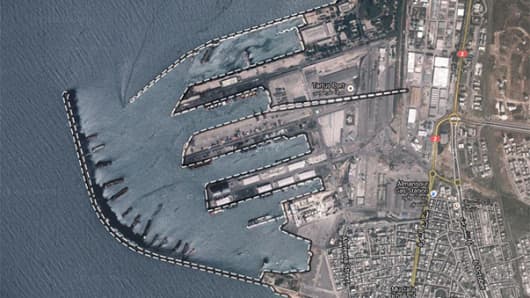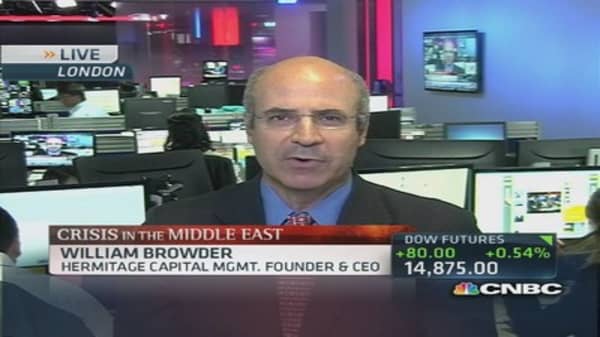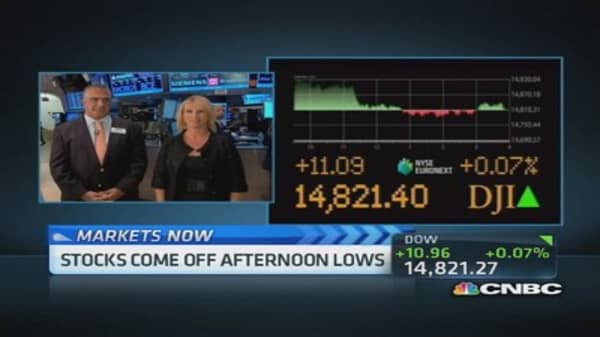The gridlock at the UN Security Council between the U.S.and Russia is dragging on, due to a gamut of competing interests in Syria.
(Read more: Syria strike would send 'global message': Menendez)
The Russia-Syria axis is rooted in a strong political and economic relationship that has been cultivated since the late 1950s. The bond has a deep cultural element: many Syrians go to Russia to study, while Russians go to Syria as holidaymakers, advisors or investors. Over the years, Russia has also played an essential role in restructuring the Syrian economy, and wrote off roughly 70 percent of Syria's $13.4 billion debt in 2005.
While reliable numbers are hard to come by, The Moscow Times estimated Russian investments in Syria at $19.4 billion in 2009, covering infrastructure, energy and tourism. But with outstanding projects ranging from a nuclear power plant to oil and gas exploration, the number today may be considerably higher.
(Read more: UK parliament votes against military action in Syria)
"The $20 billion figure is notional and should be treated with some caution," Richard Connolly, lecturer in political economy at the University of Birmingham, told CNBC.





